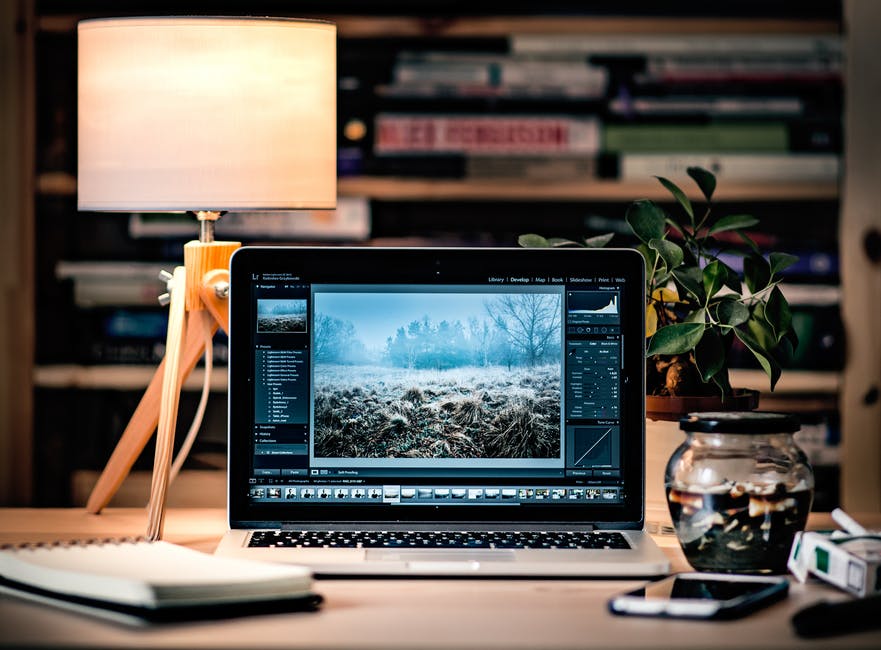The Tools and Features of Adobe Photoshop
Adobe Photoshop is arguably the most popular and most well-known photo-editing software in the world. It’s versatile, effective and easy to learn. Over the years, Adobe Systems has upgraded this software to provide both experienced and novice graphic designers with all the tools they need to effectively edit their image files. If you want to learn more about Photoshop and its features then here’s what you need to know.

Adobe Photoshop is primarily a photo editing tool that’s most commonly used for graphic design or digital painting. Here is a brief breakdown of what it can do for you:
– Photo Editing
– Digital Painting
– Enhancing Colors
– Adding Contrast
– Cropping Images
– Retouching Images
– Enhancing Old or Ugly Images
– For information on the uses of Photoshop, visit http://learningcurve.co.za/adobe/photoshop/
Additionally, Photoshop can also be used as an educational platform to teach students of graphics design the tools of their trade. See Photoshop packages for students at Learning Curve.
Features and Tools
Photoshop CC has numerous features and tools, all of which are designed to help edit image files. Here are some of the most important tools you will encounter:
– The Quick Selection Tool
– The Quick Mask Tool
– The Patch Tool
– The Pen Tool
– The Crop Tool
– The Type Tool
– The Eyedropper Tool
– The Healing Brush Tool
– The Liquify Tool
– The Magic Wand Tool
– The Polygon Lasso Tool
– The Rectangular Marquee Tool
– The Slice Tool
– Content-Aware Fill
– Field Blur
– Colorize Live Shapes
– Color Range
– Select and Masking Tools
– The Rotate View Tool
The best way to use these tools is to experiment with them. You should start with the most important and most basic mechanics of Photoshop CC, such as layers and cropping for example, to see how they influence the final results of your work. Once you have learned that, experiment with more of the basic editing tools available, such as the Magic Wand Tool, which allows you to pick a color range or select a block of color based on the area that you’ve clicked on. Another basic tool that you should experiment with is the Healing Brush Tool, which you can use to eliminate or repair scratches, thus improving the appearance of the images you’re editing.
Once you’ve have mastered the basic tools, you can move on to more complex features and tools, like the Slice Tool for example. Again, the key here is to experiment and see the results for yourself. Additionally, you should also check the Options bar at the top to find other tools and features that you may not find on your toolbar. Experiment with as many tools as possible and see how they affect your image.
Finally, it’s worth mentioning that you don’t need to master all the tools at once. Just focus on the ones that are relevant to your photo editing goals. The rest will come naturally to you once you get used to using Photoshop.
